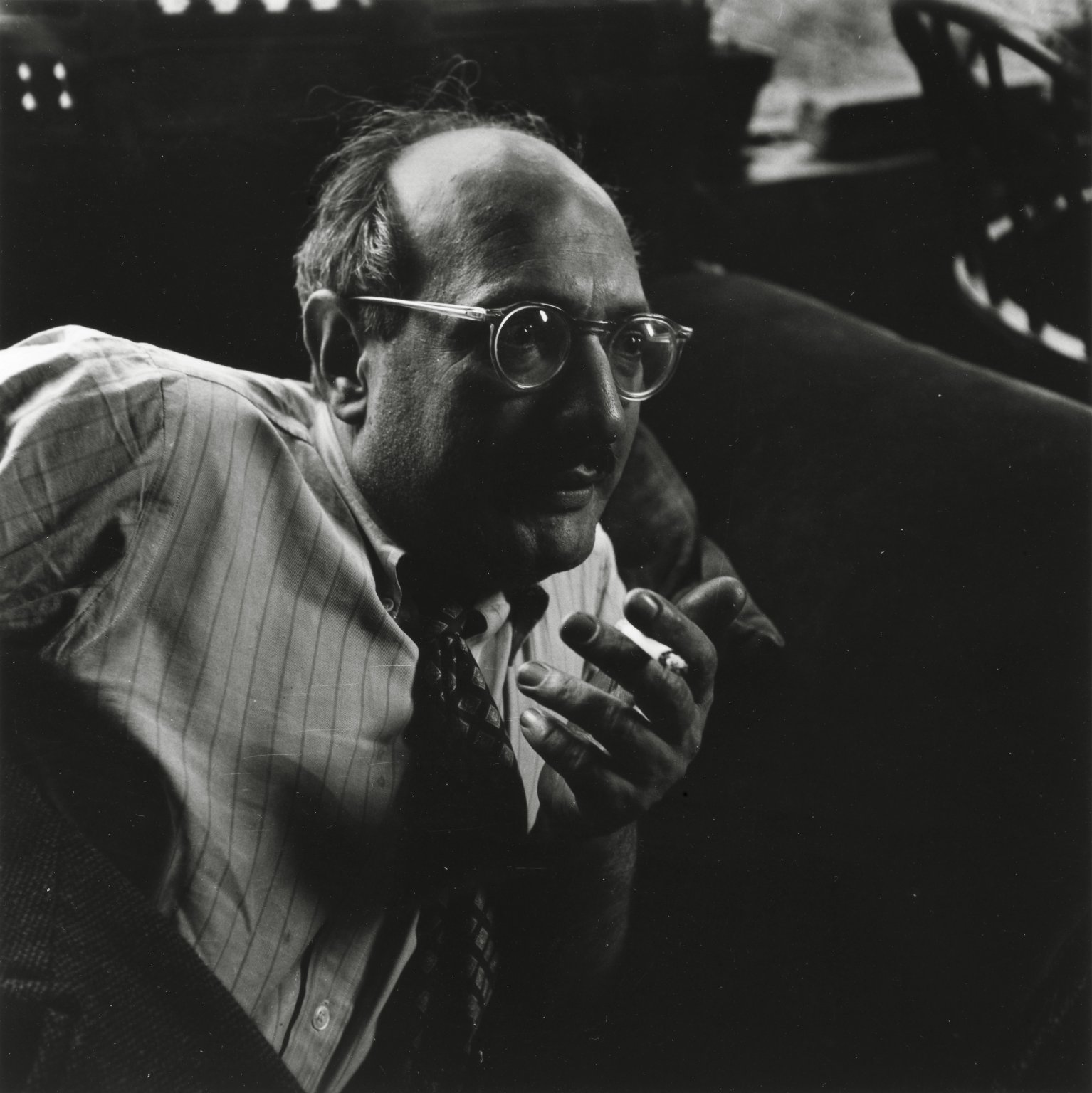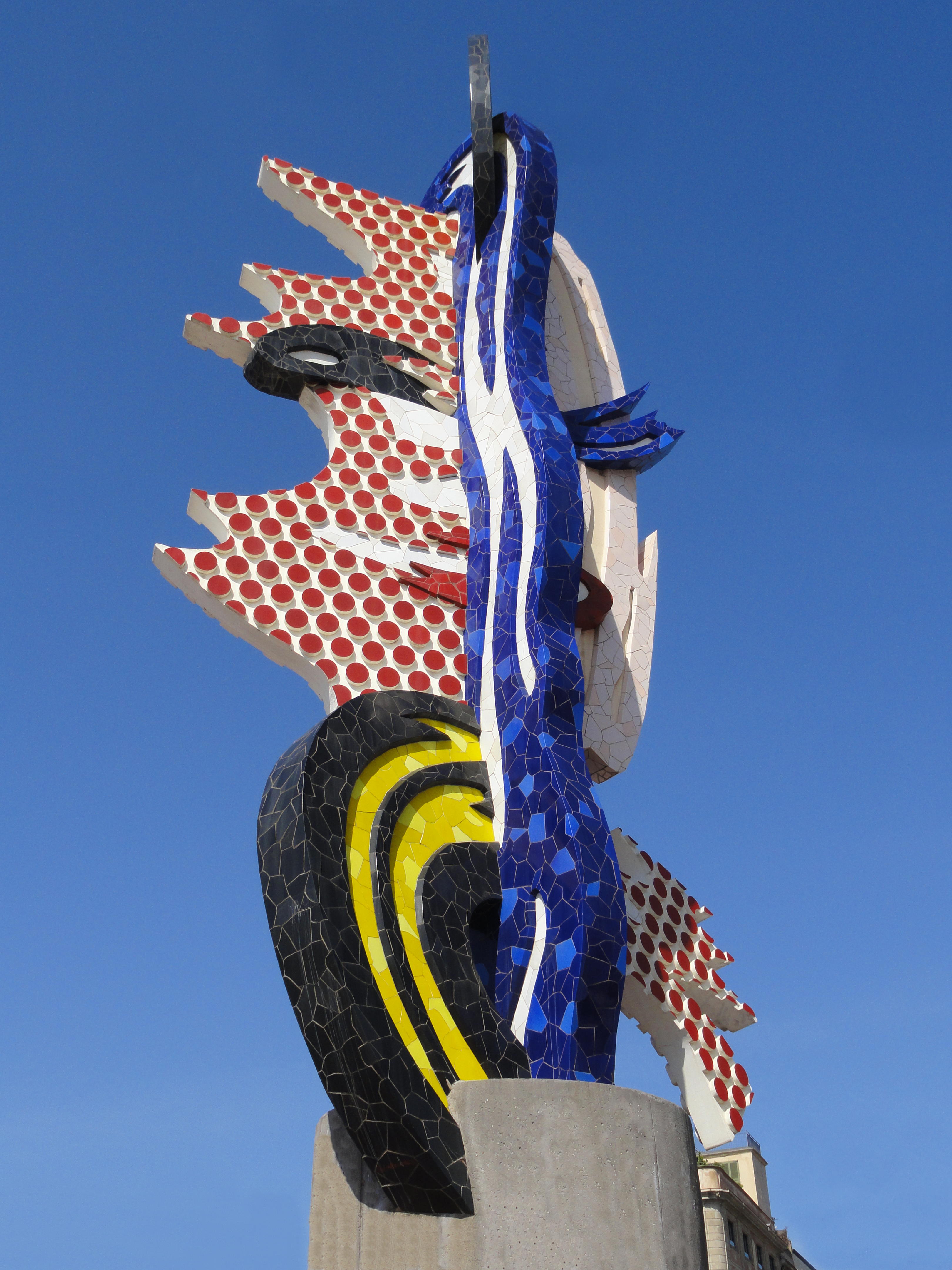|
Museum Of Contemporary Art, Los Angeles
The Museum of Contemporary Art, Los Angeles (MOCA) is a contemporary art museum with two locations in greater Los Angeles, California. The main branch is located on Grand Avenue in Downtown Los Angeles, near the Walt Disney Concert Hall. MOCA's original space, initially intended as a "temporary" exhibit space while the main facility was built, is now known as the Geffen Contemporary, in the Little Tokyo district of downtown Los Angeles. Between 2000 and 2019, it operated a satellite facility at the Pacific Design Center facility in West Hollywood.Deborah Vankin (January 16, 2019)MOCA will close its satellite location at the Pacific Design Center''Los Angeles Times''. The museum's exhibits consist primarily of American and European contemporary art created after 1940. Since the museum's inception, MOCA's programming has been defined by its multi-disciplinary approach to contemporary art. Founding In a 1979 political fund raising event at the Beverly Hills Hotel, Los Angeles Ma ... [...More Info...] [...Related Items...] OR: [Wikipedia] [Google] [Baidu] |
Downtown Los Angeles
Downtown Los Angeles (DTLA) contains the central business district of Los Angeles. In addition, it contains a diverse residential area of some 85,000 people, and covers . A 2013 study found that the district is home to over 500,000 jobs. It is also part of Central Los Angeles. Downtown Los Angeles is divided into neighborhoods and districts, some overlapping. Most districts are named for the activities concentrated there now or historically, e.g. the Arts, Civic Center, Fashion, Banking, Theater, Toy, and Jewelry districts. It is the hub for the city's urban rail transit system plus the Pacific Surfliner and Metrolink commuter rail system for Southern California. Banks, department stores, and movie palaces at one time drew residents and visitors of all socioeconomic classes downtown, but the area declined economically especially after the 1950s. It remained an important center—in the Civic Center, of government business; on Bunker Hill, of banking, and along Broadway, of ... [...More Info...] [...Related Items...] OR: [Wikipedia] [Google] [Baidu] |
Norton Simon
Norton Winfred Simon (February 5, 1907 – June 2, 1993) was an American industrialist and philanthropist. He was at one time one of the wealthiest men in America. At the time of his death, he had amassed a net worth of nearly US$10 billion. Simon was born to a Jewish family in Portland, Oregon. His father operated a wholesale goods store there. When Simon was sixteen years old, he relocated with his family from Portland to San Francisco following his mother's death. After dropping out of the University of California, Berkeley, Simon founded a sheet metal company before investing in an insolvent orange juice bottling plant in Fullerton, California. The company was renamed Val Vita Food Products Company, and, under Simon's supervision, expanded its product line to include numerous other fruit and vegetable products. The company was eventually sold by Simon to Hunt's Foods, after which Simon retired in 1969. He spent his later years serving in philanthropic and non-profit roles, ... [...More Info...] [...Related Items...] OR: [Wikipedia] [Google] [Baidu] |
Mark Rothko
Mark Rothko (), born Markus Yakovlevich Rothkowitz (russian: Ма́ркус Я́ковлевич Ротко́вич, link=no, lv, Markuss Rotkovičs, link=no; name not Anglicized until 1940; September 25, 1903 – February 25, 1970), was a Latvian-American abstract painter. He is best known for his color field paintings that depicted irregular and painterly rectangular regions of color, which he produced from 1949 to 1970. Although Rothko did not personally subscribe to any one school, he is associated with the American Abstract Expressionist movement of modern art. Originally emigrating to Portland, Oregon from Russia with his family, Rothko later moved to New York City where his youthful period of artistic production dealt primarily with urban scenery. In response to World War II, Rothko's art entered a transitional phase during the 1940s, where he experimented with mythological themes and Surrealism to express tragedy. Toward the end of the decade Rothko painted canvase ... [...More Info...] [...Related Items...] OR: [Wikipedia] [Google] [Baidu] |
Robert Rauschenberg
Milton Ernest "Robert" Rauschenberg (October 22, 1925 – May 12, 2008) was an American painter and graphic artist whose early works anticipated the Pop art movement. Rauschenberg is well known for his Combines (1954–1964), a group of artworks which incorporated everyday objects as art materials and which blurred the distinctions between painting and sculpture. Rauschenberg was both a painter and a sculptor, but he also worked with photography, printmaking, papermaking and performance. Rauschenberg received numerous awards during his nearly 60-year artistic career. Among the most prominent were the International Grand Prize in Painting at the 32nd Venice Biennale in 1964 and the National Medal of Arts in 1993. Rauschenberg lived and worked in New York City and on Captiva Island, Florida, until his death on May 12, 2008. Life and career Rauschenberg was born Milton Ernest Rauschenberg in Port Arthur, Texas, the son of Dora Carolina (née Matson) and Ernest R. Rauschenberg. ... [...More Info...] [...Related Items...] OR: [Wikipedia] [Google] [Baidu] |
Claes Oldenburg
Claes Oldenburg (January 28, 1929 – July 18, 2022) was a Swedish-born American sculptor, best known for his public art installations typically featuring large replicas of everyday objects. Another theme in his work is soft sculpture versions of everyday objects. Many of his works were made in collaboration with his wife, Coosje van Bruggen, who died in 2009; they had been married for 32 years. Oldenburg lived and worked in New York City. Early life and education Claes Oldenburg was born on January 28, 1929, in Stockholm, the son of Gösta Oldenburg and his wife Sigrid Elisabeth née Lindforss. His father was then a Swedish diplomat stationed in New York and in 1936 was appointed consul general of Sweden to Chicago where Oldenburg grew up, attending the Latin School of Chicago. He studied literature and art history at Yale University [...More Info...] [...Related Items...] OR: [Wikipedia] [Google] [Baidu] |
Roy Lichtenstein
Roy Fox Lichtenstein (; October 27, 1923 – September 29, 1997) was an American pop artist. During the 1960s, along with Andy Warhol, Jasper Johns, and James Rosenquist among others, he became a leading figure in the new art movement. His work defined the premise of pop art through parody. Inspired by the comic strip, Lichtenstein produced precise compositions that documented while they parodied, often in a tongue-in-cheek manner. His work was influenced by popular advertising and the comic book style. His artwork was considered to be "disruptive". He described pop art as "not 'American' painting but actually industrial painting". His paintings were exhibited at the Leo Castelli Gallery in New York City. ''Whaam!'' and '' Drowning Girl'' are generally regarded as Lichtenstein's most famous works. ''Drowning Girl'', ''Whaam!,'' and ''Look Mickey'' are regarded as his most influential works. His most expensive piece is '' Masterpiece'', which was sold for $165 million ... [...More Info...] [...Related Items...] OR: [Wikipedia] [Google] [Baidu] |
Franz Kline
Franz Kline (May 23, 1910 – May 13, 1962) was an American painter. He is associated with the Abstract Expressionist movement of the 1940s and 1950s. Kline, along with other action painters like Jackson Pollock, Willem de Kooning, Robert Motherwell, John Ferren, and Lee Krasner, as well as local poets, dancers, and musicians came to be known as the informal group, the New York School. Although he explored the same innovations to painting as the other artists in this group, Kline's work is distinct in itself and has been revered since the 1950s. Biography Kline was born in Wilkes-Barre, Pennsylvania, a small community in the Coal Region of Northeastern Pennsylvania. When he was seven years old, Kline's father killed himself. During his youth, he moved to Lehighton, Pennsylvania, where he graduated from Lehighton High School. His mother later remarried and sent him to Girard College, an academy in Philadelphia for fatherless boys. After graduation from high school, Kline studi ... [...More Info...] [...Related Items...] OR: [Wikipedia] [Google] [Baidu] |




